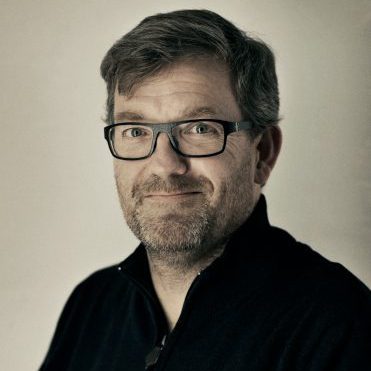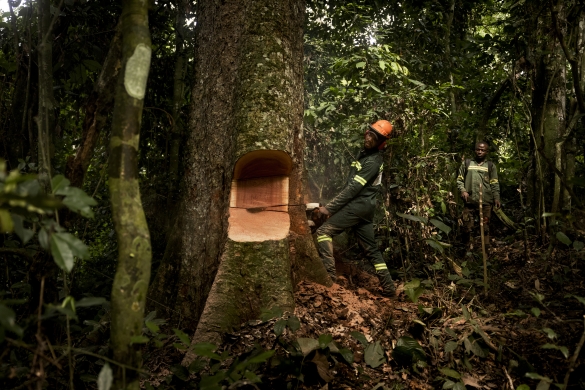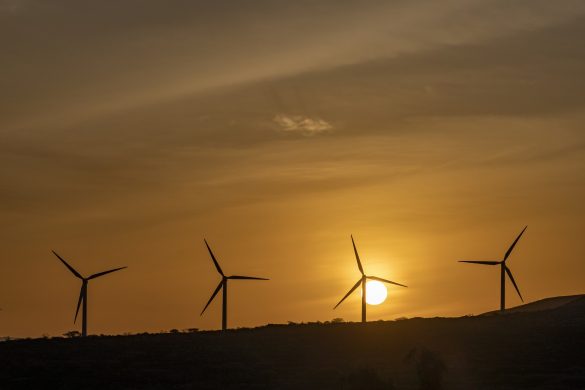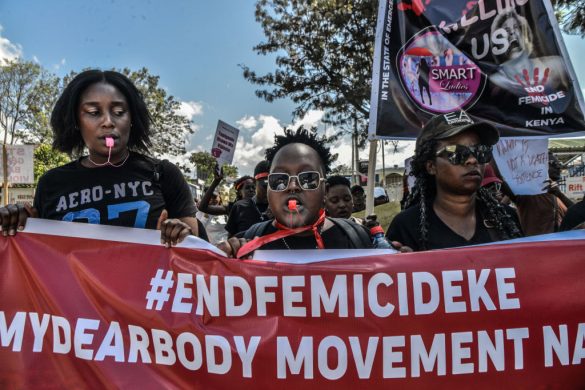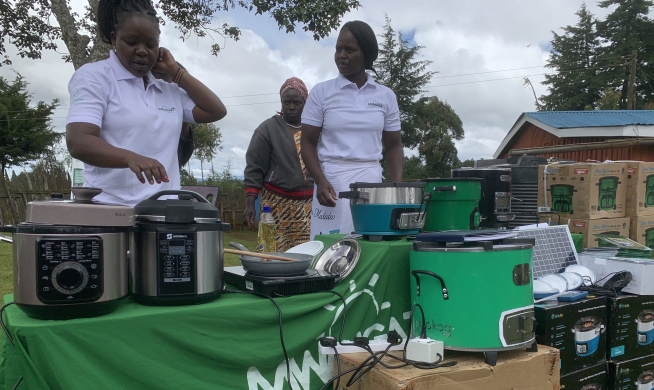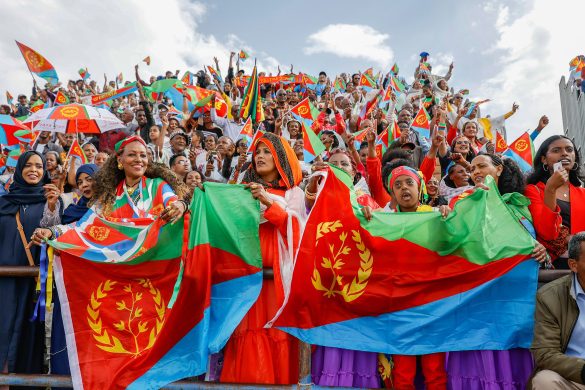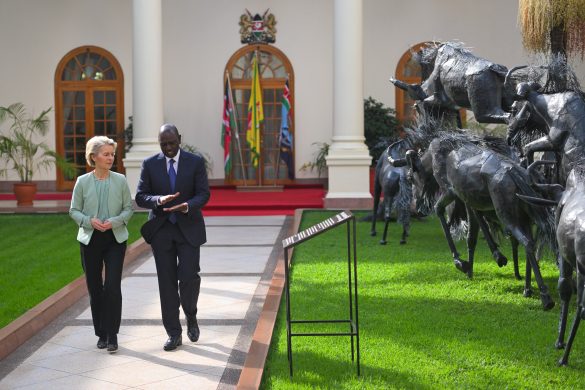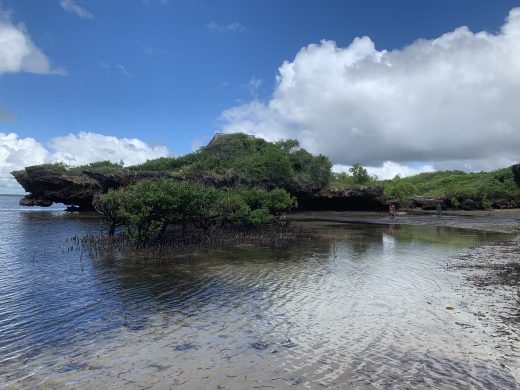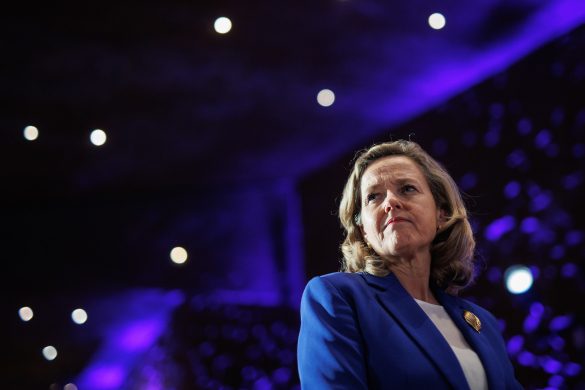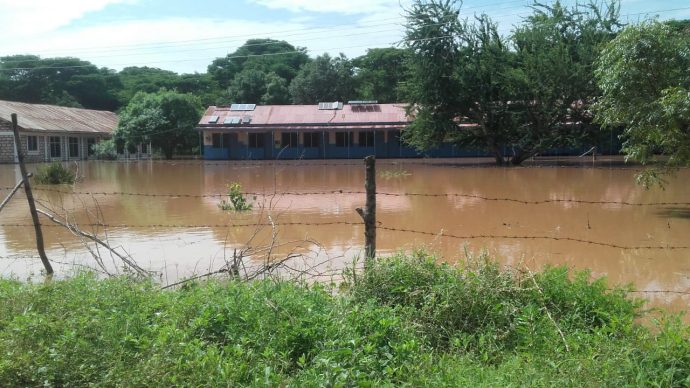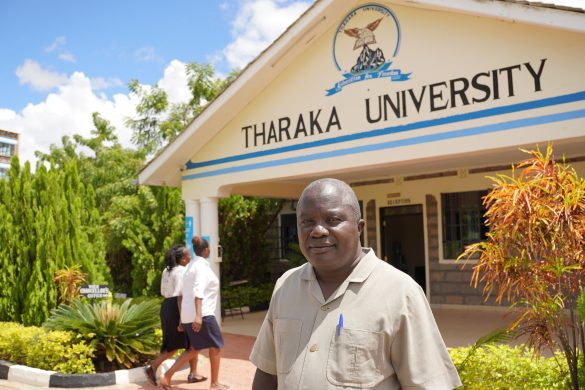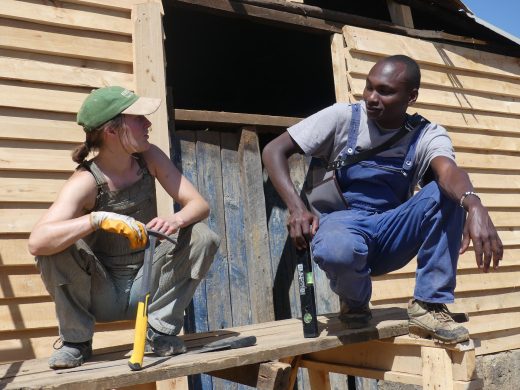WASHINGTON, 20 August 2015 (World Bank): “It’s like when you light a fire: it starts small and then suddenly it gets big. We would get 20 people to sign up, then it went to 40, and so on. And that’s how we started.”
Mary Njiraini, Kenya Power Marketing Officer for Nairobi North, is describing the new approach that the national utility took to one of its toughest challenges: electrifying the country’s slums.
Kenya has some of the largest urban poor areas on earth. In Nairobi alone, a city of 3.4 million, an estimated two million people live in informal settlements. One area, Kibera, is routinely referred to as Africa’s most populous slum.
Until recently, many areas of these settlements had to rely on poor-quality and unsafe electricity. People had to buy illegal connections from local cartels. Services and business activity were highly constrained, insecurity was rife, and electric fires and electrocutions were common.
This picture is now changing – rapidly
Kenya Power and Lighting Corporation, the national utility, with support coming from a multi-faceted partnership with the World Bank, is now overseeing a major scale up of electricity connections in urban poor settlements – a 30-fold increase in just one year. This success, however, has only come after long struggles, the eventual adoption of a community-centric approach that targeted specific settlements, and a firm commitment by the top management of the national utility.
“Our program started in Kibera, but for a long time we were stuck,” said Dr. Ben Chumo, Managing Director and CEO of Kenya Power. “We would go into Kibera, and we would sense resistance. Eventually we established the reason for this resistance: lack of involvement by the community there.”
From 2011 through 2013, Kenya Power focused on taking down the illegal power connections, only to find them up again just a few days later. Many of their ‘legal’ customers were in fact selling the power to others.
“For two years, we struggled,” said Harun Mwangi, a former senior Kenya Power official and the leader of the program at the time. “We realized we needed to find another way.”
As of May 2014, the team had still only established 5,000 new legal connections. One year later, in May 2015, that number was at 150,000, and counting.
What accounted for this astonishing turn-around?
Team members point to a few key factors.
First of all, Kenya Power changed the way it was doing business, adopting a community-based approach in slum communities. This meant no longer taking down illegal connections. Instead, it focused on listening to community members and leaders, and marketing the benefits of the legal connections – safety, reliability, and affordability.
The utility also stepped up collaboration with the Kenya Informal Settlements Improvement Project (KISIP), a World Bank-supported government program with widespread networks and a strong reputation in the slums. This collaboration helped Kenya Power ‘segment’ the country’s slum areas and target areas where the new approach was most likely to take hold.
Meanwhile, the World Bank and the Global Partnership on Output-Based Aid, or GPOBA, was providing funding to Kenya Power for each new legal connection, supplemented by Kenya Power’s own resources. This “last mile” approach, taken from rural electrification programs, provided an assurance that electricity was actually reaching individual households. It also allowed Kenya Power to offer new connections under the program at a much lower rate than before. Under this scheme, legal power was now less expensive than what people had been paying middlemen for the illegal lines.
At the same time, the World Bank’s Energy Sector Management Assistance Program (ESMAP) organized a South-South Knowledge Exchange for Kenya Power staff with experts from utilities in Brazil, Colombia and South Africa. A week-long event in May 2014 that focused on the experience of these utilities led Kenya Power to recognize the strength of the community-based approach.
The support through GPOBA and ESMAP was coordinated as part of a larger, $330 million World Bank project to help Kenya Power expand and modernize the country’s electricity sector.
Most importantly, the new approach got buy-in from the top management of the utility, which committed Kenya Power’s considerable resources to the slum electrification program.
“Our top management bought in to the [community-based] approach around December 2014. From that point, we had a dramatic change,” says Mr. Mwangi.
Now, entering urban poor communities like Kibera, Mathare, or Kayole, one can see Kenya Power’s new lines, meters, and breaker boxes everywhere. Meters are read from the top of the line, which helps prevent theft, and consumers can see – and pay for – their electricity consumption on digital keypads in their homes.
“Compared to the illegal power, it has better and brighter light,” said Bentha Anyango, a resident in Mathare settlement.
“It just as cheap as the illegal power, but it’s safe, so we embrace it.”
Most consumers use as pay-as-you-go scheme, buying pre-paid chits, available at any corner store, and paying for electricity in small increments. In fact, many of the former vendors of illegal electricity are now in the (legal) business of selling Kenya Power chits.
Under the slum electrification program, customers pay 1,165 Kenyan Shillings, or $12, for a new connection, as compared to $150 for regular customers. The difference is made up by the GPOBA subsidy, a World Bank IDA grant, and Kenya Power’s own resources. Consumers under the program can even pay this connection charge in installments – another lesson of the South-South knowledge exchange.
The availability of safe, reliable and affordable power has meant that the demand for Kenya Power’s legal connections has spread, as Mary Njiraini put it, like fire.
“People now come to us, asking us to light their communities,” said Dr. Chumo. “This is no longer a Kenya Power project. It’s their project.”


